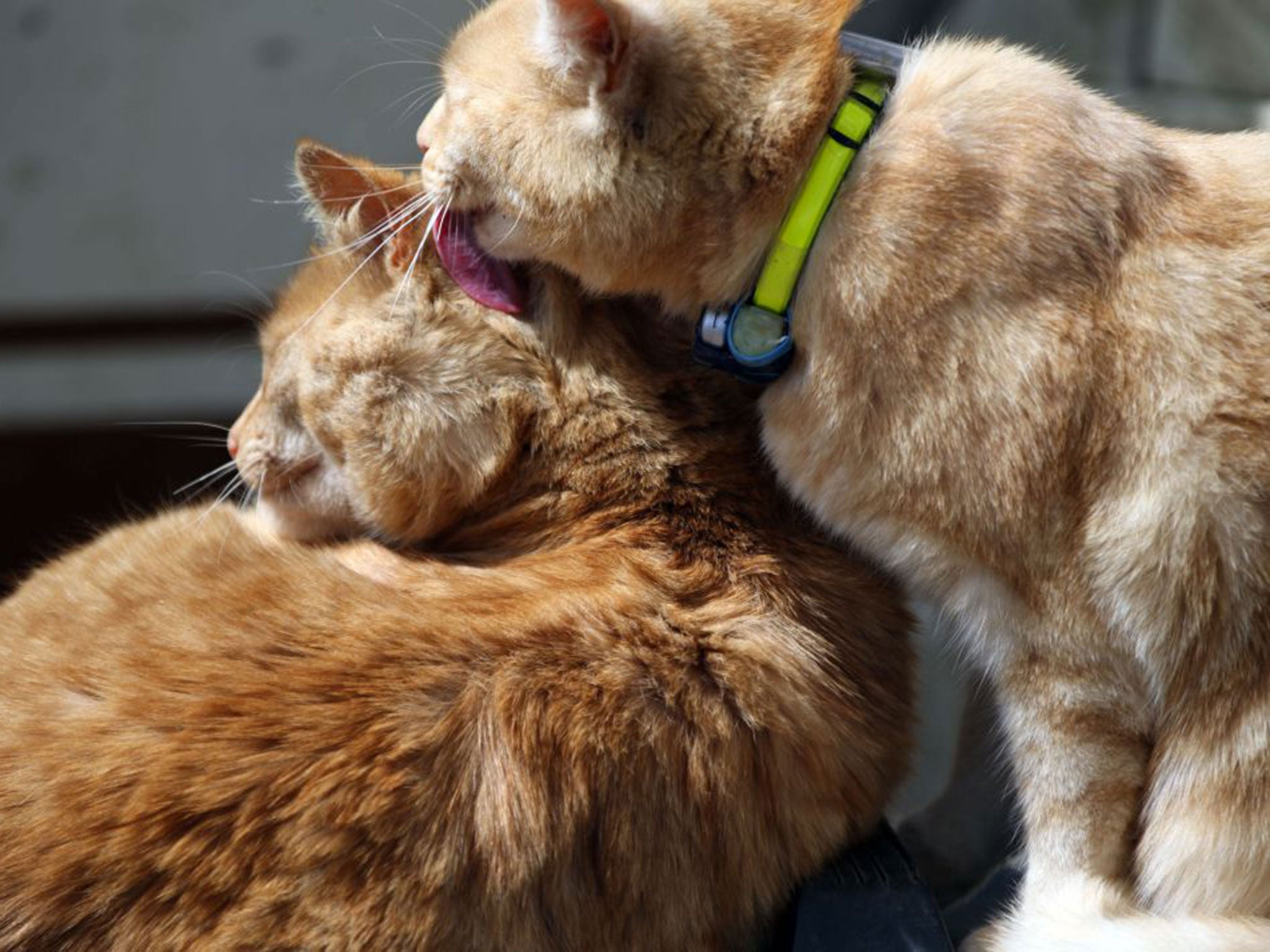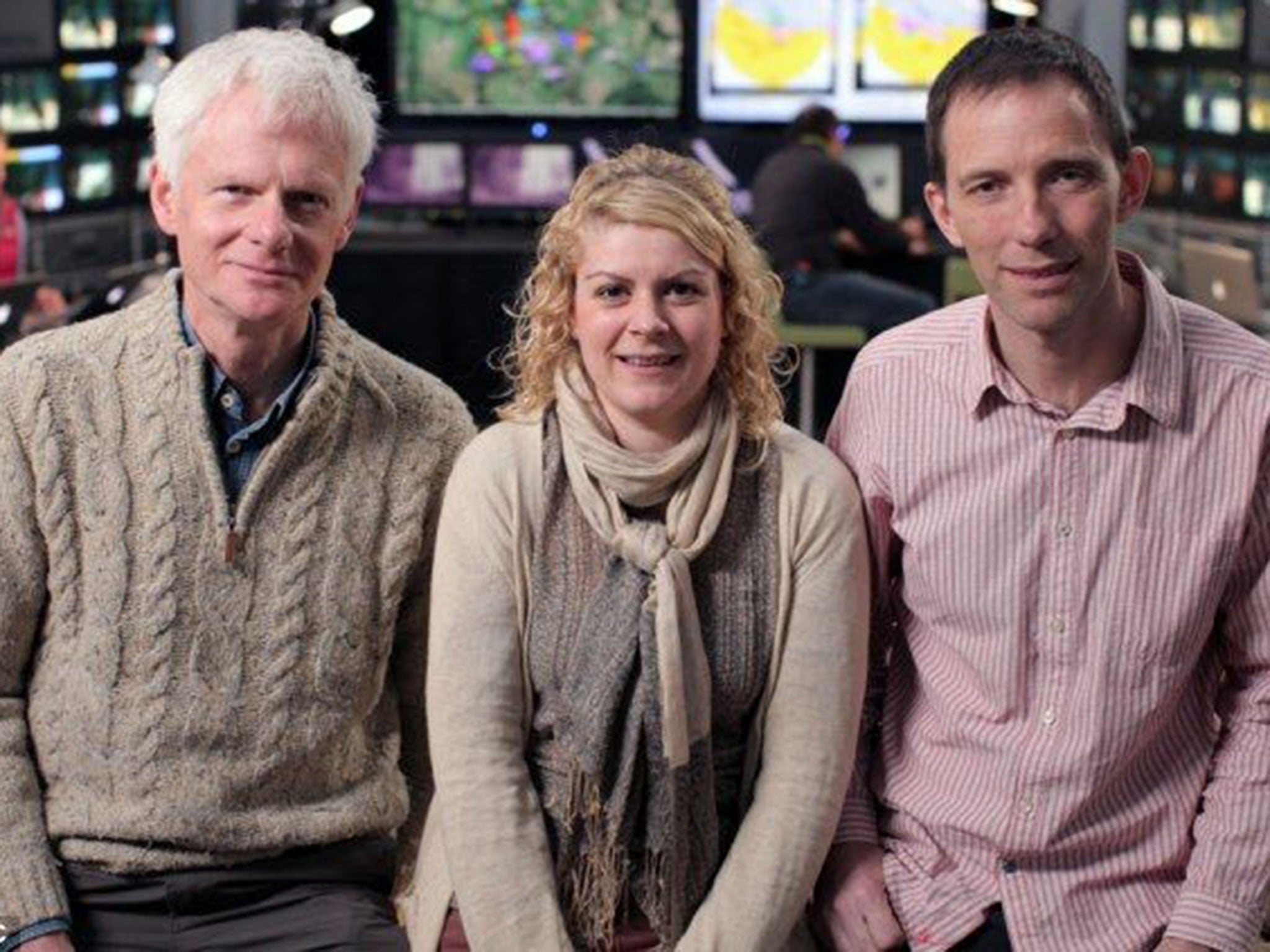Expert urges cat lovers to own just one animal each
New BBC documentary will highlight the dangers of too many felines inhabiting too little territorial space

Your support helps us to tell the story
From reproductive rights to climate change to Big Tech, The Independent is on the ground when the story is developing. Whether it's investigating the financials of Elon Musk's pro-Trump PAC or producing our latest documentary, 'The A Word', which shines a light on the American women fighting for reproductive rights, we know how important it is to parse out the facts from the messaging.
At such a critical moment in US history, we need reporters on the ground. Your donation allows us to keep sending journalists to speak to both sides of the story.
The Independent is trusted by Americans across the entire political spectrum. And unlike many other quality news outlets, we choose not to lock Americans out of our reporting and analysis with paywalls. We believe quality journalism should be available to everyone, paid for by those who can afford it.
Your support makes all the difference.We may be a nation besotted with the likes of Macavity, Rumpleteazer and Jellicles, but Britain’s love affair with cats needs to be controlled and owners should consider limiting themselves to a single pet per home, according to a leading animal expert.
Dr Sarah Ellis has risked the wrath of feline fans everywhere by warning that the growth in the number of multiple cat households has led to a “crisis situation” for the species causing unacceptable levels of territorial disputes and even resulting in psychological harm.
Having tracked 100 cats from different areas for a new BBC2 series Cat Watch: the New Horizon Experiment, Dr Ellis said she was shocked at the problem caused by the density of some populations.
“As humans, the more we love something, the more we want it and the greater the number of it we want. We love cats therefore we’re not content with one – we want two or three or four and if our neighbour feels the same and his neighbour feels the same, we suddenly have a huge problem – three households with nine cats,” she told Radio Times.
“Although we feel really happy because we’ve rescued them and given them a home, we’ve actually created a situation where they’re not happy at all.” She said that whilst the animals were traditionally kept to control vermin in the last 100 years their primary purpose had now become companionship, a situation to which humans have adapted more readily than their cats.
Another factor annoying cats was also the trend towards open-plan living. Dr Ellis, a Lincoln University expert in animal welfare and behaviour, said this was a potential problem for cats which liked to climb and hide.
The series of three programmes found that town cats typically left their homes and returned by the same route. Using GPS collars, scientists concluded the journeys were relatively short and rarely exceeded 50m from their sanctuary of their bowl.

Typically sorties out into the wider environment were thwarted by encountering other cats creating a series of urban rivalries. By contrast, farm cats roamed across a much wider area – up to 1km from their farm.
As well as neutering and better education, Dr Ellis suggested owners had a responsibility to exercise restraint.
“I think what would be helpful for people would be to restrict the number of cats that they own,” Dr Ellis added. However, former model Celia Hammond, founder of the Celia Hammond Animal Trust, said the idea of imposing single-animal quotas on households was “ridiculous”.
“The majority of cats are very gregarious – they love each other so much, they enjoy living together and grooming each other. If someone was out all day, we wouldn’t give them just one cat because they would be lonely – we would give them two cats. Multiple cat households are a good thing,” she said.
Ms Hammond conceded that some cats were unsuited to cohabiting with their fellow felines but that most were happier together. She said un-neutered toms could cause trouble in a neighbourhood, yet the majority of cats peacefully co-existed in a neighbourhood. “This is an academic view. Those involved in rehoming cats on a daily basis know this is ridiculous,” she added.
It is estimated there are 10.3 million owned cats in the UK. A spokeswoman for the RSPCA said owners had a duty to provide for the needs of their cat, by allowing them to exhibit natural behaviour.
“Where a cat owner wants to adopt another cat from the RSPCA, we would assess the suitability of the cats to be paired together,” the spokeswoman added. “We do re-home some cats together – such as sibling kittens.”
Join our commenting forum
Join thought-provoking conversations, follow other Independent readers and see their replies
Comments